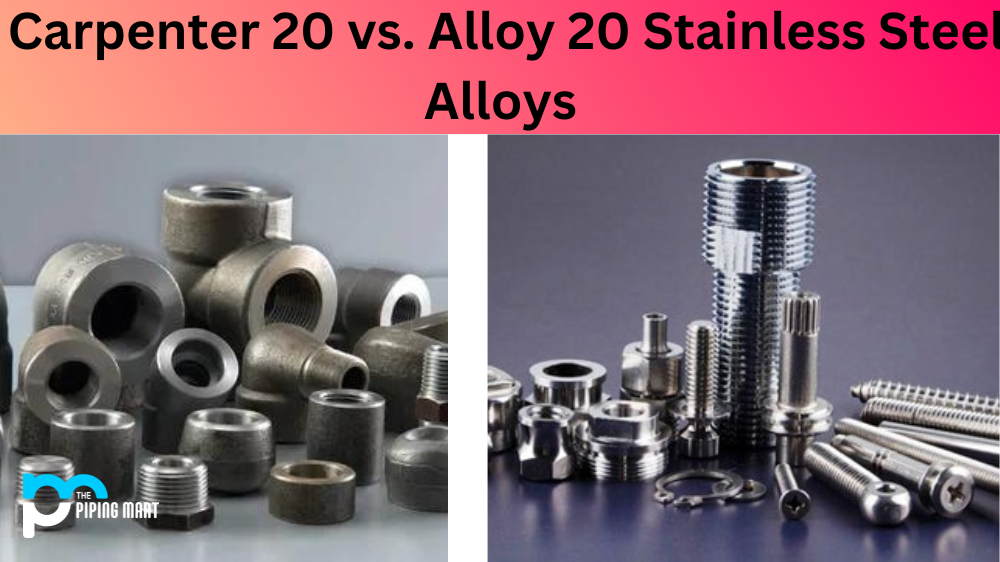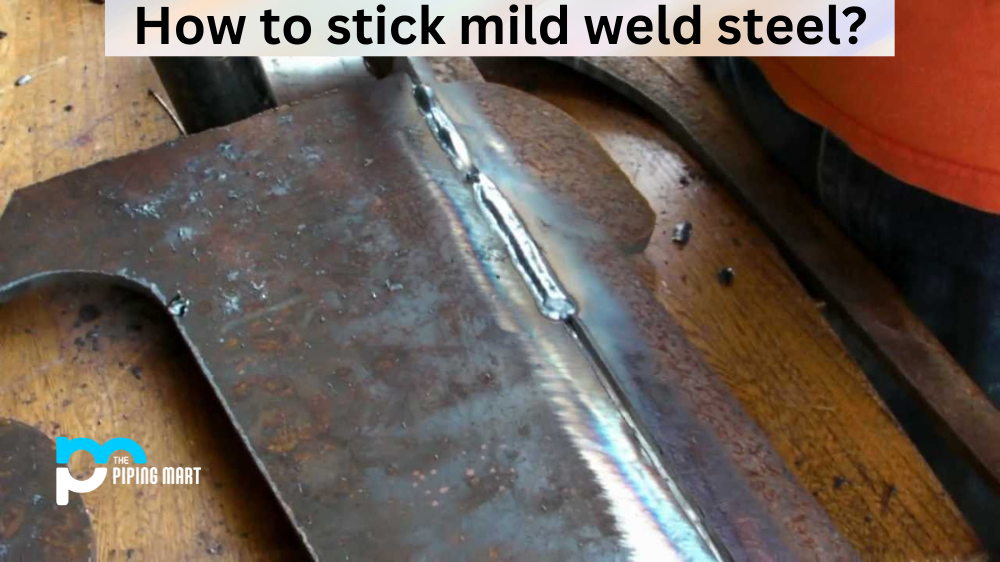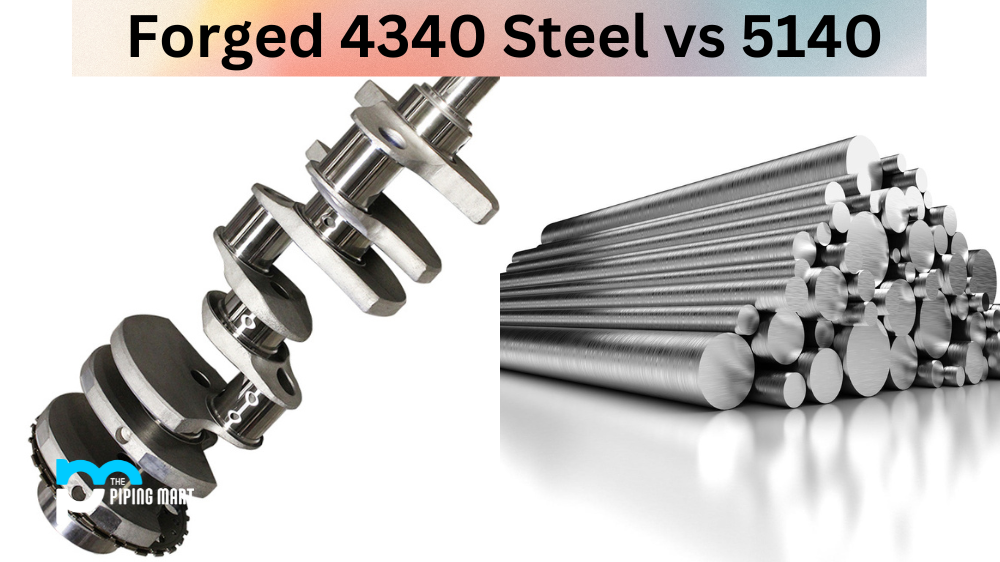Stainless steel alloys are incredibly versatile materials with a variety of properties and uses. Two popular stainless steel alloys are Carpenter 20 and Alloy 20, both of which have distinct differences in their chemical compositions and mechanical properties that make them suitable for different applications. Let’s take a closer look at the details behind these two alloys.
Chemical Composition
The Carpenter 20 alloy has a higher chromium content (20%-25%) than the Alloy 20 (19%-23%), but it also has a lower nickel content (3-4%). This makes it much more cost-effective compared to the Alloy 20. The Alloy 20 also contains molybdenum and copper, while the Carpenter 20 does not.
Mechanical Properties
Both alloys are considered to be corrosion-resistant, but the Carpenter 20 exhibits better resistance to sulfuric acid than the Alloy 20. This is because of its higher chromium content which makes it more resistant to corrosion in acidic environments. The Carpenter 20 is also stronger than the Alloy 20, meaning it can withstand higher temperatures without becoming brittle or breaking down. The strength of the Carpenter 20 is due to its high nickel content, which helps give it superior strength and toughness over other stainless steel alloys.
Applications
Due to its superior corrosion resistance and strength, Carpenter 20 is often used in industrial applications such as piping systems, heat exchangers, tanks, valves, pumps, and other parts exposed to corrosive environments or extreme temperatures. It is also used for food processing equipment because of its non-magnetic properties. On the other hand, Alloy 20 is often used in chemical processing equipment where extreme temperature stability is required due to its low carbon content and high resistance to chloride stress corrosion cracking (SCC). It’s also commonly used for valves and fittings due to its ability to resist acids like hydrochloric acid and phosphoric acid.
Conclusion:
Carpenter 20 vs. Alloy 2020 stainless steel alloys have different chemical compositions and mechanical properties that make them suitable for various applications depending on your needs. While both offer excellent corrosion resistance, they differ in terms of strength, cost-effectiveness, and other factors that need to be taken into account when selecting an appropriate material for your project. Understanding these differences will help you make an informed decision about which stainless steel alloy best suits your specific needs.

Pipingmart is B2B portal specializes in industrial, metal and piping products. Also, share latest information and news related to products, materials and different types grades to help business dealing in this industry.




